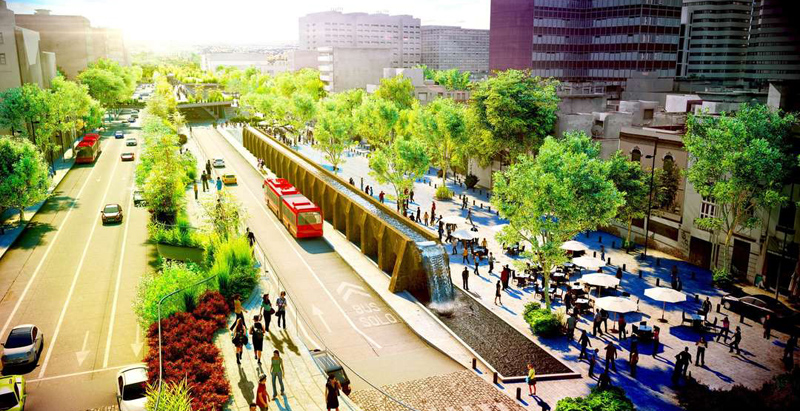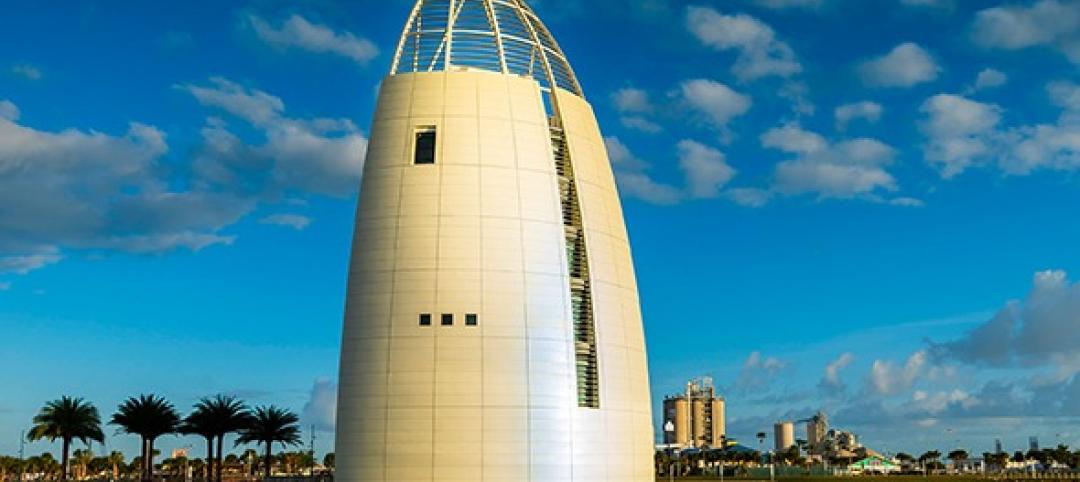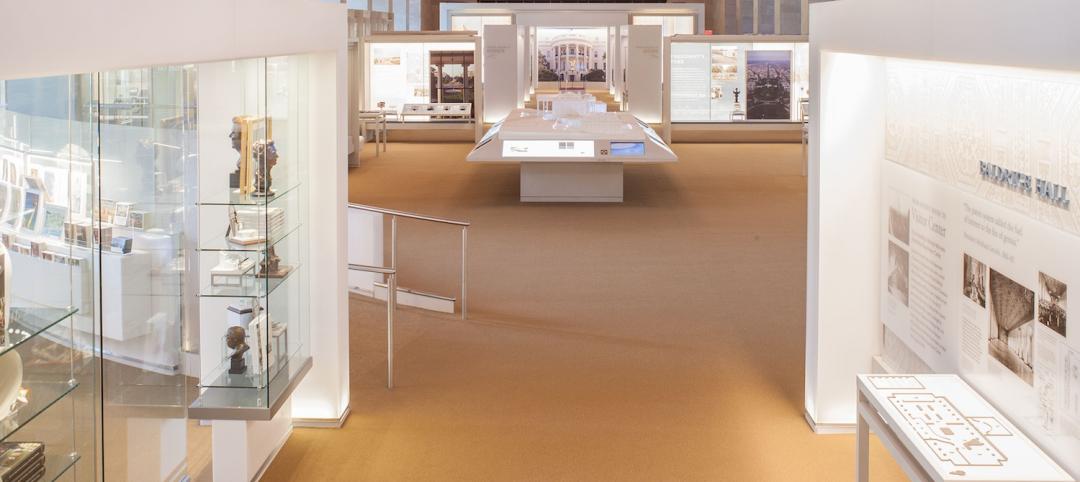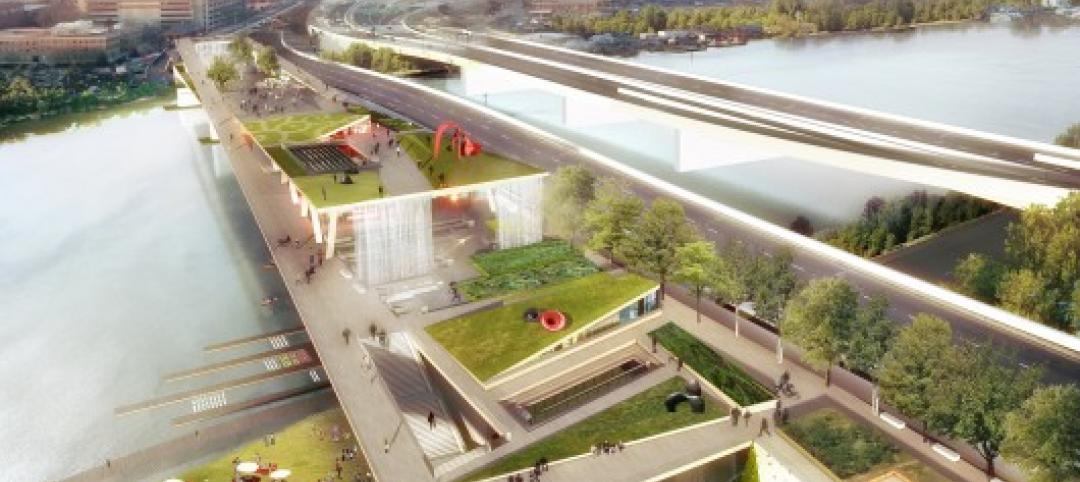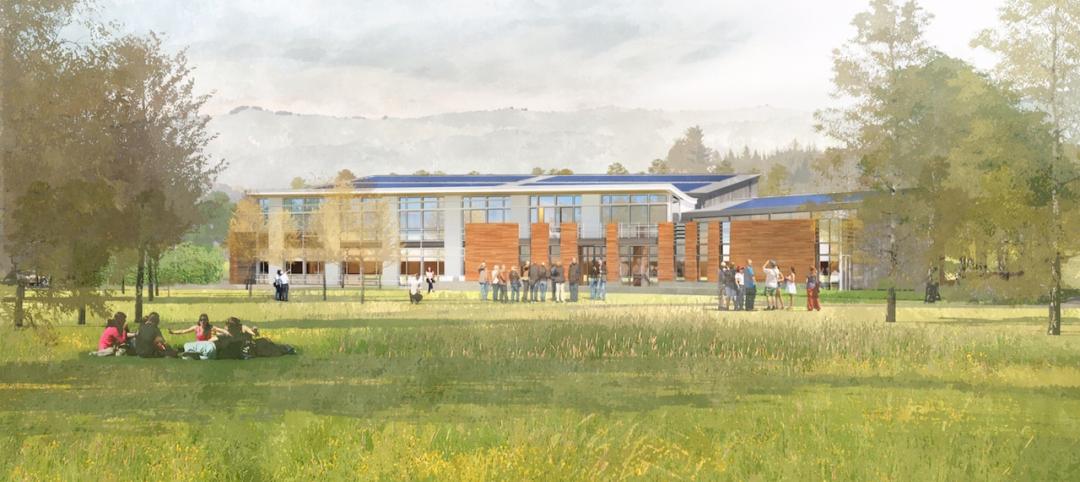The High Line in Manhattan’s Meatpacking District proved that revitalized admission-free public space not only engages both citizens and visitors, but also, from the slew of developments surrounding it, generate income for the city.
Elevated parks are now making its way around the world’s largest metropolises. Chicago recently completed its Bloomingdale Trail, and Seoul has commissioned MVRDV to convert one of their underused highways into a park. Jumping on the bandwagon is Mexico City, and plans to create a “Cultural Corridor” on Avenida Chapultepec has circulated online.
According to Architizer, local practice FR-EE Fernando Romero Enterprise has been tapped to undertake a project dubbed “considerably more complex in many ways” if compared to the High Line.
CORREDOR CULTURAL CHAPULTEPEC BY FR-EE / FRENTE / RVDG from FR-EE Fernando Romero Enterprise on Vimeo.
The city’s ancient viaduct, built by the Aztecs, were an inspiration to the park’s design. Ruins of the viaduct will form a key feature of the park.
Mexico City’s scheme will be composed of “interwoven ribbons of walkable infrastructure, with many sections rising, falling, and splitting in response to the adjacent buildings, roadways, and the metro line beneath,” Architizer reports.
Portions of the pathway will accommodate al fresco cafes, and offer up space for street entertainers and artists.
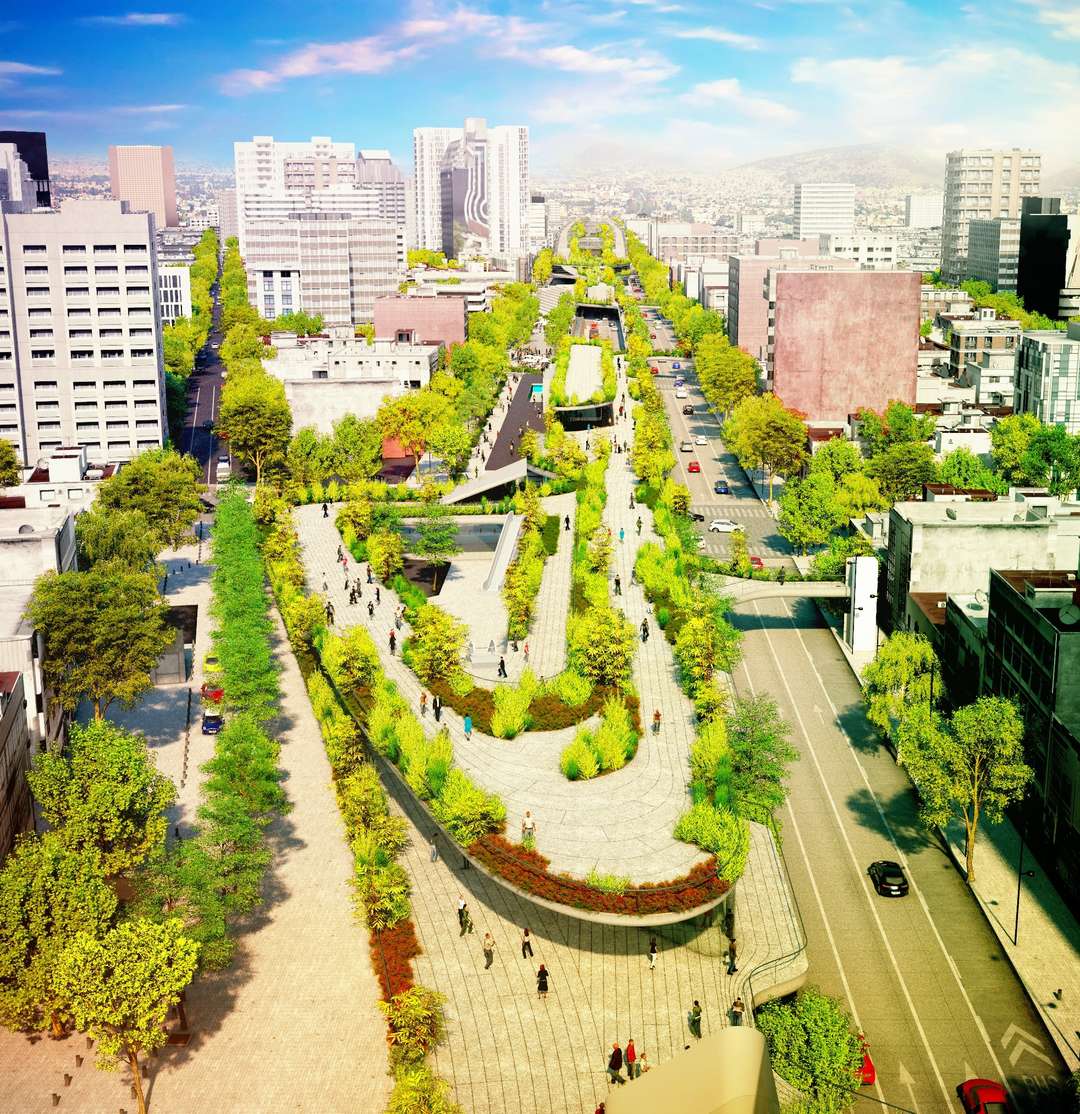
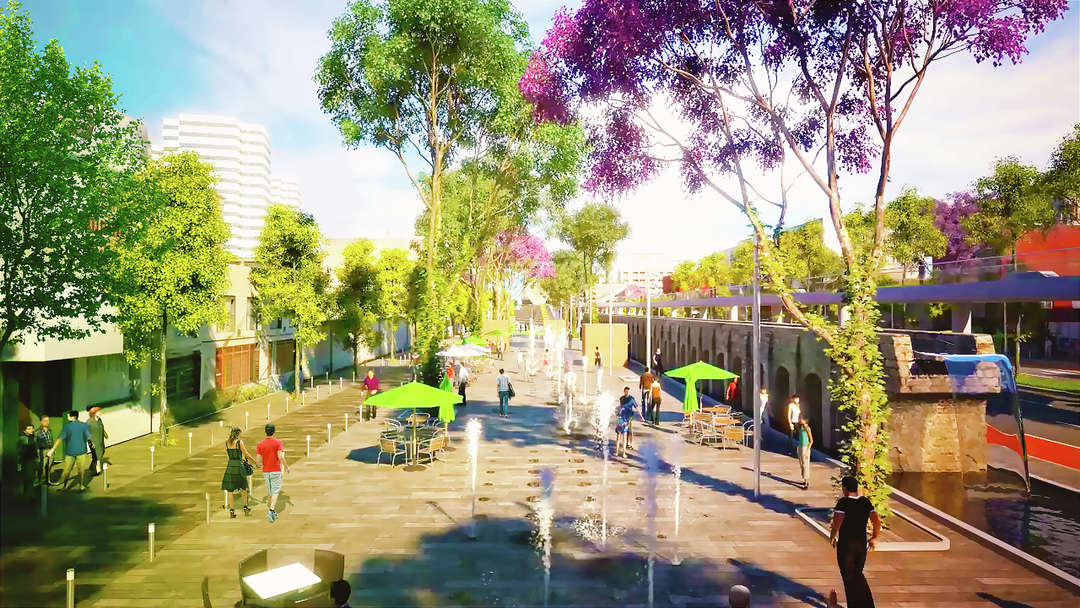

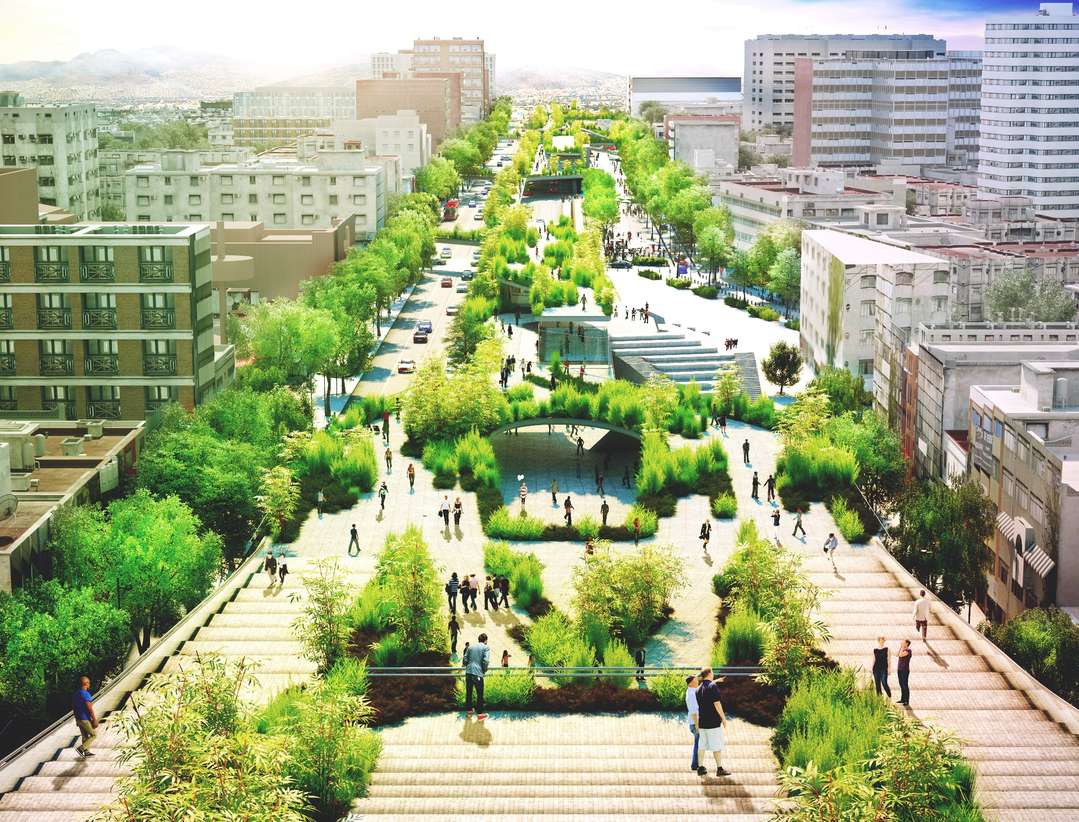
Related Stories
| Oct 20, 2014
UK's best new building: Everyman Theatre wins RIBA Stirling Prize 2014
The new Everyman Theatre in Liverpool by Haworth Tompkins has won the coveted RIBA Stirling Prize 2014 for the best building of the year. Now in its 19th year, the RIBA Stirling Prize is the UK’s most prestigious architecture prize.
Sponsored | | Oct 19, 2014
The Exploration Tower in Port Canaveral dazzles visitors
With a mission to provide the experience of a lifetime, the Exploration Tower at Port Canaveral, Fla., is designed to inspire, as visitors learn about the history and nature of the port and beyond. SPONSORED CONTENT
| Oct 19, 2014
White House Visitor Center reopens in Washington, D.C.
Designed by SmithGroupJJR and Gallagher & Associates, renovated center shows public its unique role as office, stage, museum, park, and home.
| Oct 17, 2014
OMA, OLIN design unanimously chosen for D.C. elevated park
In the design, the ends of the bridge are pulled upward to form an "X" shape. It allows ample room for add-ons such as a cafe and performance space, in addition to open space for plazas, lawns, and urban agriculture plots.
| Oct 16, 2014
Perkins+Will white paper examines alternatives to flame retardant building materials
The white paper includes a list of 193 flame retardants, including 29 discovered in building and household products, 50 found in the indoor environment, and 33 in human blood, milk, and tissues.
| Oct 16, 2014
Rocky Mountain Institute breaks ground on net-zero Innovation Center
Encompassing the Rocky Mountain Institute’s 32 years of innovation, the new 15,610 square-foot facility will exhibit the principles of integrative design and energy and resource efficiency.
| Oct 15, 2014
Harvard launches ‘design-centric’ center for green buildings and cities
The impetus behind Harvard's Center for Green Buildings and Cities is what the design school’s dean, Mohsen Mostafavi, describes as a “rapidly urbanizing global economy,” in which cities are building new structures “on a massive scale.”
| Oct 15, 2014
First look: Blueprint revealed for proposed High Line project in Queens
Yet another High Line-esque project has been proposed, this time in Queens. A blueprint has been developed for a 3.5-mile stretch of abandoned railroad tracks, which would connect Rego Park to Ozone Park with a walkway and bike path.
| Oct 14, 2014
Proven 6-step approach to treating historic windows
This course provides step-by-step prescriptive advice to architects, engineers, and contractors on when it makes sense to repair or rehabilitate existing windows, and when they should advise their building owner clients to consider replacement.
| Oct 12, 2014
AIA 2030 commitment: Five years on, are we any closer to net-zero?
This year marks the fifth anniversary of the American Institute of Architects’ effort to have architecture firms voluntarily pledge net-zero energy design for all their buildings by 2030.


